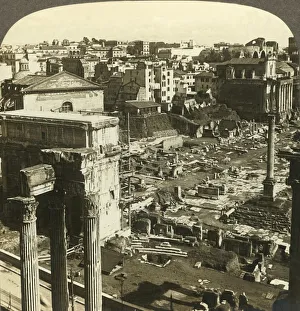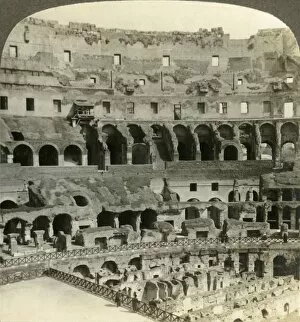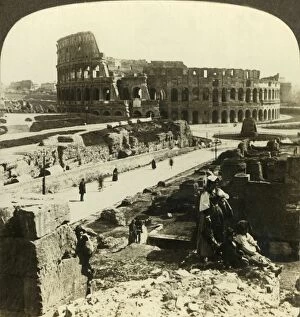Tytus Collection
"Discovering the Legacy of Titus: A Glimpse into Ancient Rome" Step back in time and explore the captivating world of Titus, a prominent figure in ancient Roman history
For sale as Licensed Images
Choose your image, Select your licence and Download the media
"Discovering the Legacy of Titus: A Glimpse into Ancient Rome" Step back in time and explore the captivating world of Titus, a prominent figure in ancient Roman history. From the grandeur of the Temple of Vespasian and Arch of Severus to the intricate details on a Denarius coin portraying Emperor Titus, this collection offers a fascinating insight into his reign. The Arch of Titus, depicted in an 18th-century veduta, stands as a testament to his military triumphs. Its majestic presence reminds us of his conquests and achievements that shaped Rome's history. A remarkable equestrian statue captures Titus' commanding presence as he gazes towards Mount Vesuvius. This powerful portrayal showcases his leadership skills and bravery during tumultuous times. As we journey through Palatine Hill, southwest from the Colosseum, we can envision the opulence that surrounded Emperor Titus. The remnants speak volumes about his luxurious lifestyle and influence over ancient Rome. Venturing inside the awe-inspiring Colosseum reveals its dark past - dens filled with wild beasts symbolizing pagan brutality. It serves as a stark reminder that even great leaders like Titus were not immune to such practices prevalent during their era. Josephus, an influential historian who chronicled this period, provides valuable insights into Emperor Titus' reign through an intriguing portrait created in 1830. His writings shed light on both historical events and personal anecdotes surrounding this enigmatic ruler. The Arch of Titus continues to stand tall today, evoking admiration for its architectural brilliance while serving as a tangible link to our past. An image captured in 1890 transports us back to witness firsthand this enduring monument's magnificence. Finally, an exquisite artwork by Aegidius Sadeler II depicts Emperor Titus himself with regal poise and dignity befitting one who left an indelible mark on Roman history.













